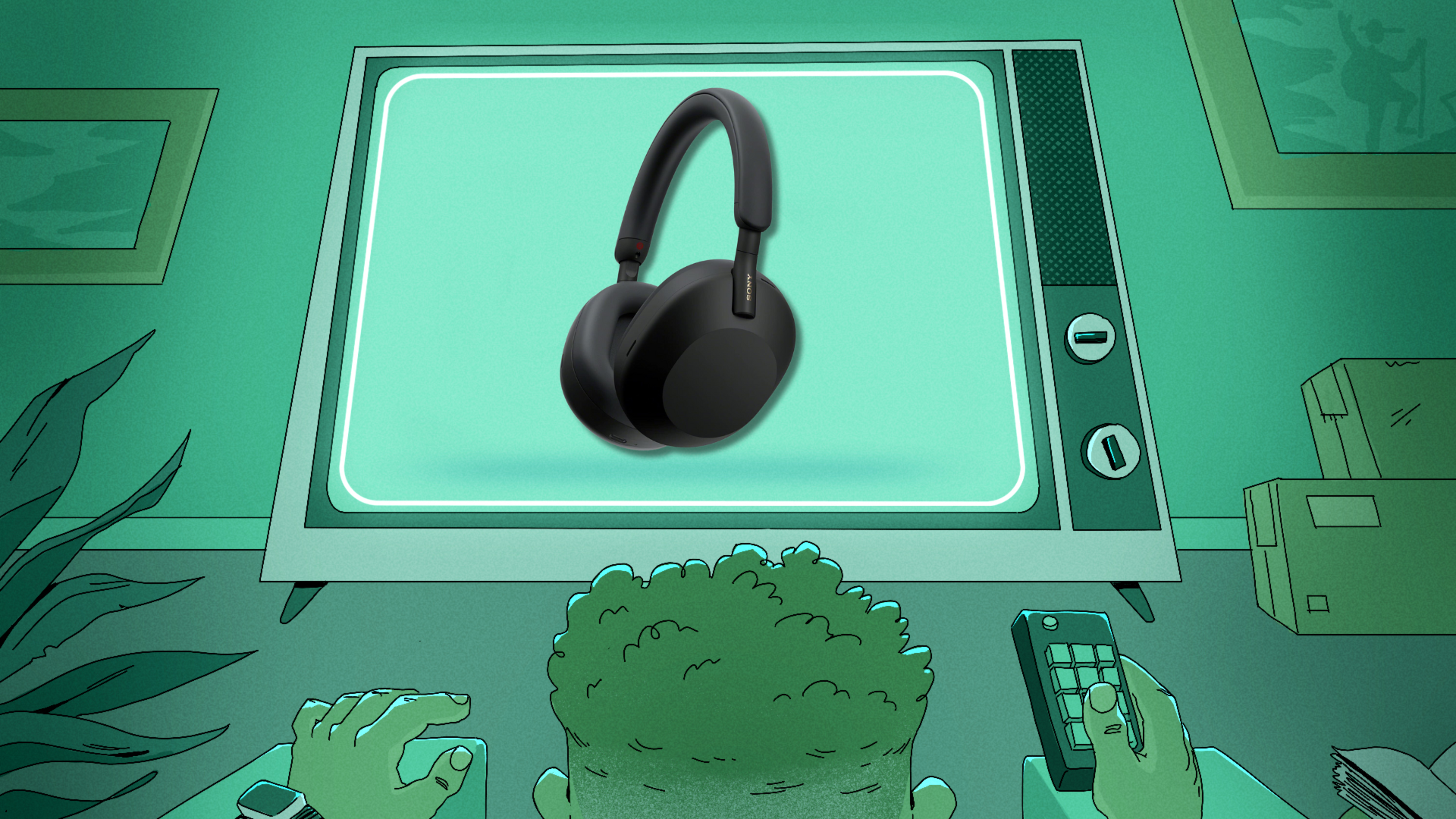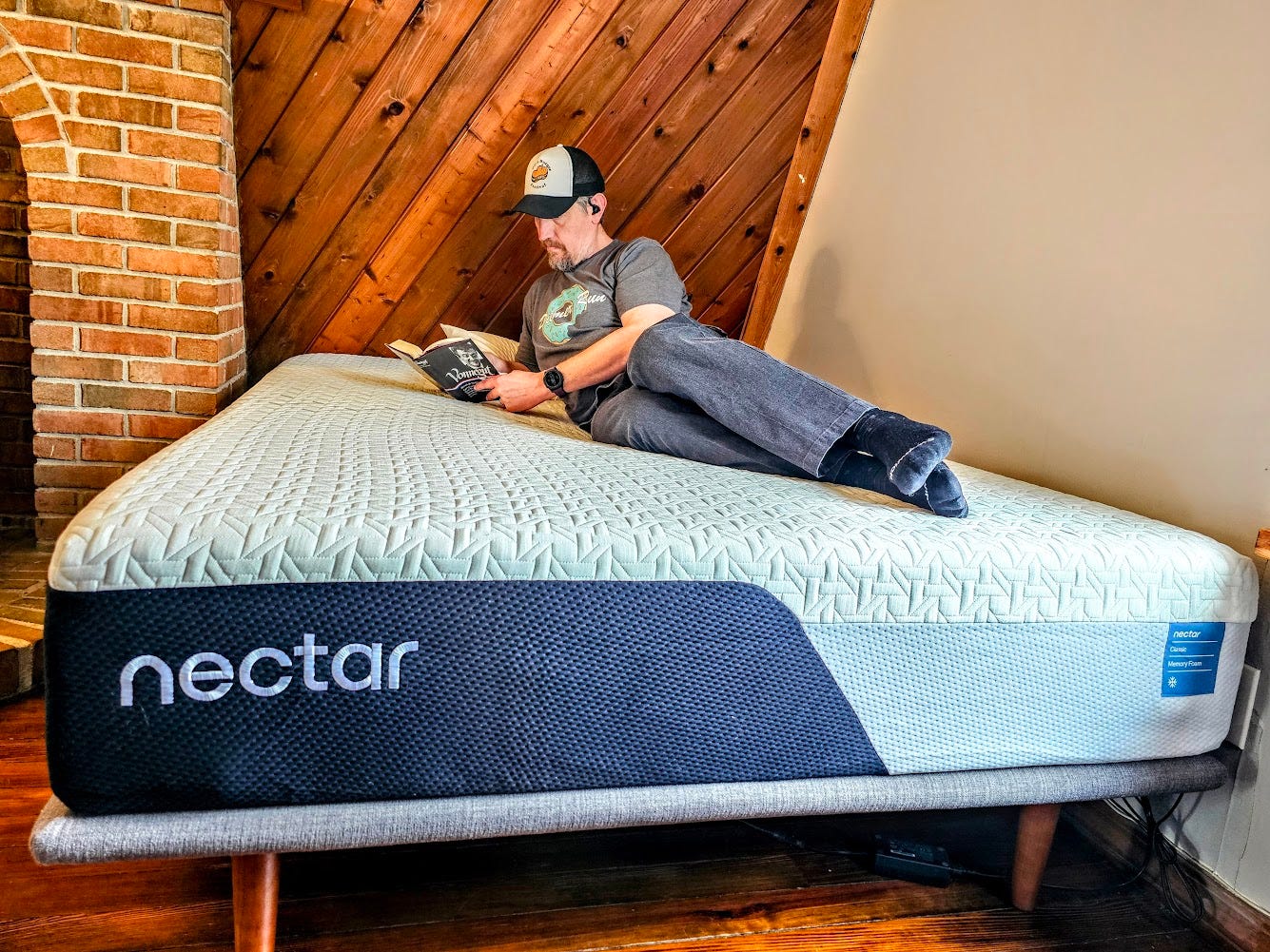When I went to wear a new bra and underwear set recently, I noticed both had garment care labels that were easy to remove. They instructed me to stretch the tag gently and pull the end of a loose thread. After a moment considering how annoying labels on underwear can be, I followed the instructions and the labels came loose.
Scratchy tags? Why some fashion brands are getting rid of garment care labels
Date: 2024-10-30Examining the information they contained, it dawned on me how quaint it is to print information about a garment on a piece of fabric and sew it on the inside like a little keepsake. Although these labels have been sewn into clothes for decades, some in the industry are questioning if they could take on a more efficient form.
Why do we need care labels?
In Australia, clothing care labels generally contain information about how to care for the product (which is mandated), where the product was manufactured and the product’s fibre content (although there is no national standard governing this). They are particularly important for dry-clean-only garments as they specify what chemicals can be safely used by a professional.
Aleasha McCallion, a project manager for the Monash Sustainable Development Institute, says care labels are crucial for ensuring a product is properly cared for so it lasts as long as possible.
In the future, we may not have care labels at all
Last year, the American Apparel and Footwear Association campaigned for the elimination of care labels in clothes in favour of scannable codes printed directly on, or chips embedded in, the fabric. The European Commission has mandated that by 2030, every textile product sold in Europe must have a digital product passport, which work in a similar way – and given the globalised nature of supply chains it’s likely Australian brands will follow suit if they do business in Europe.
Digitising tags means more detail can be shared about a product’s materials, origins, dyes, chemical finishes, environmental impacts during manufacturing and end-of-life solutions, as well as ensuring the information can be kept up to date. International brands such as Sheep Inc and Ralph Lauren have already implemented scannable tech in their garments – although the latter’s tags are to help consumers verify the authenticity of their products.
Advocates have suggested digital labels would make them more accessible to people with disabilities, while tag-free clothing can be more comfortable for people with sensory issues. Some Australian designers already produce sensory-friendly garments which feature care instructions printed directly on to the fabric, including Sensory Friendly Clothing, Chloe Hayden and Jam.
How to remove care labels without damaging your clothing
If printed care labels annoy you, it’s best to remove them carefully. Holly Simpson, the founder of boutique and repair workshop Carnation Club in Castlemaine, Victoria, says there are two ways to remove them without damaging the fabric: cutting them out or unpicking the stitches.
Look at how the label is attached to the garment. If it’s sewn into the seam of the garment so you cannot see the edge of the label, it will need to be carefully cut away with small, sharp scissors. Be sure to cut as close to the edge of the fabric as possible.











